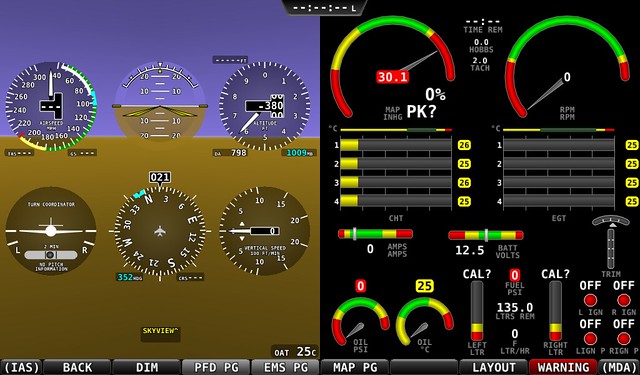Hi Guys,
I looking for some suggestions for a possible cause for the issue I experienced.
Today I was going to change the oil and filter, so what better way to warm up the oil, than to take my wife for a fly. The RV was preflighted, master and alternator on and as I was getting settled I accidentally kicked one of the PMag power switches off, no big deal just turned it back on and then went through my normal startup procedure. Prime the engine for 5 seconds, mixture to idle cutoff, crack the throttle and engage the starter, for 2.5 years the engine has always fired after 2 blades, today nothing. My initial thought, not enough fuel, so I gave it another 2 seconds and cranked again, nothing.
Waited for about 1 minute and tried again, nothing, waited another 30 sec and tried again, nothing. By now the battery is starting to go a little flat so I gave up, pulled it back into the hangar and pulled the cowls and put the battery on charge.
I noticed the sniffle valve was dripping fuel, so that was not the issue.
Turned the master on again to see if the LEDs on the PMags where lit, no lights.
Grabbed the multi meter and checked for 12v at the connector, no power, so I checked the fuse, and it's blown, it's 5A as recommended, so I am wondering if de-powering and turning back on again without the engine running could cause this to happen?
I replaced the fuse, re-cowled pushed the RV outside and the engine fire right up.
Does anyone have any explanations for this?
One other question, I am running both PMags through the same fuse, could this eventually cause this to happen?
Cheers
I looking for some suggestions for a possible cause for the issue I experienced.
Today I was going to change the oil and filter, so what better way to warm up the oil, than to take my wife for a fly. The RV was preflighted, master and alternator on and as I was getting settled I accidentally kicked one of the PMag power switches off, no big deal just turned it back on and then went through my normal startup procedure. Prime the engine for 5 seconds, mixture to idle cutoff, crack the throttle and engage the starter, for 2.5 years the engine has always fired after 2 blades, today nothing. My initial thought, not enough fuel, so I gave it another 2 seconds and cranked again, nothing.
Waited for about 1 minute and tried again, nothing, waited another 30 sec and tried again, nothing. By now the battery is starting to go a little flat so I gave up, pulled it back into the hangar and pulled the cowls and put the battery on charge.
I noticed the sniffle valve was dripping fuel, so that was not the issue.
Turned the master on again to see if the LEDs on the PMags where lit, no lights.
Grabbed the multi meter and checked for 12v at the connector, no power, so I checked the fuse, and it's blown, it's 5A as recommended, so I am wondering if de-powering and turning back on again without the engine running could cause this to happen?
I replaced the fuse, re-cowled pushed the RV outside and the engine fire right up.
Does anyone have any explanations for this?
One other question, I am running both PMags through the same fuse, could this eventually cause this to happen?
Cheers






